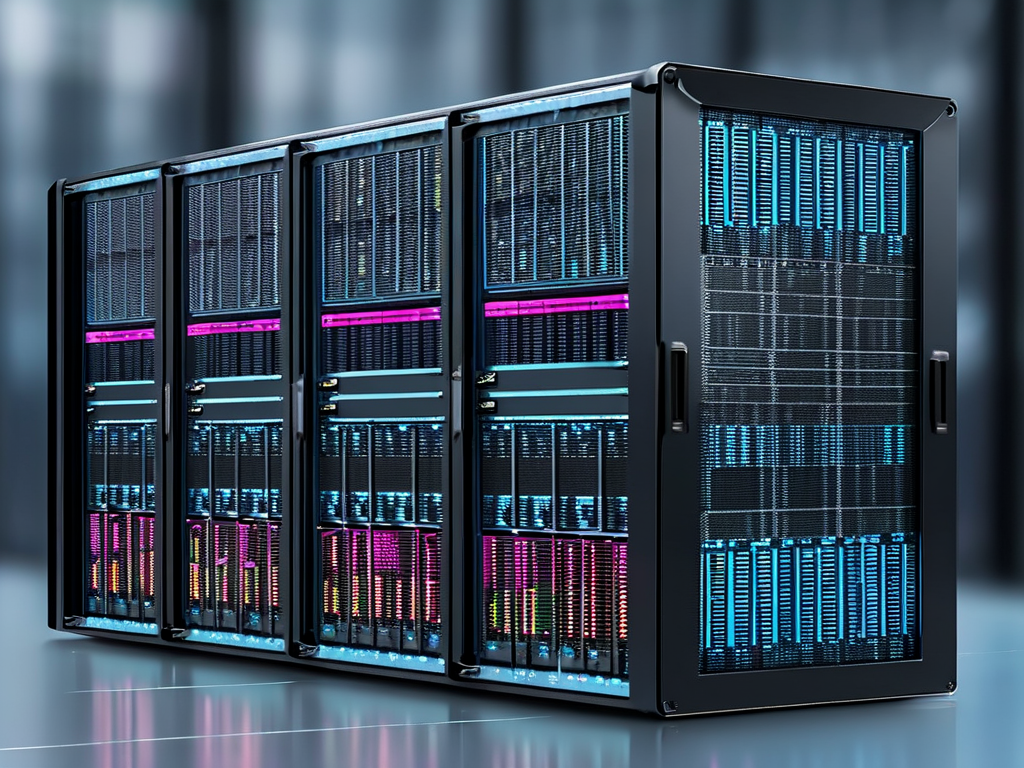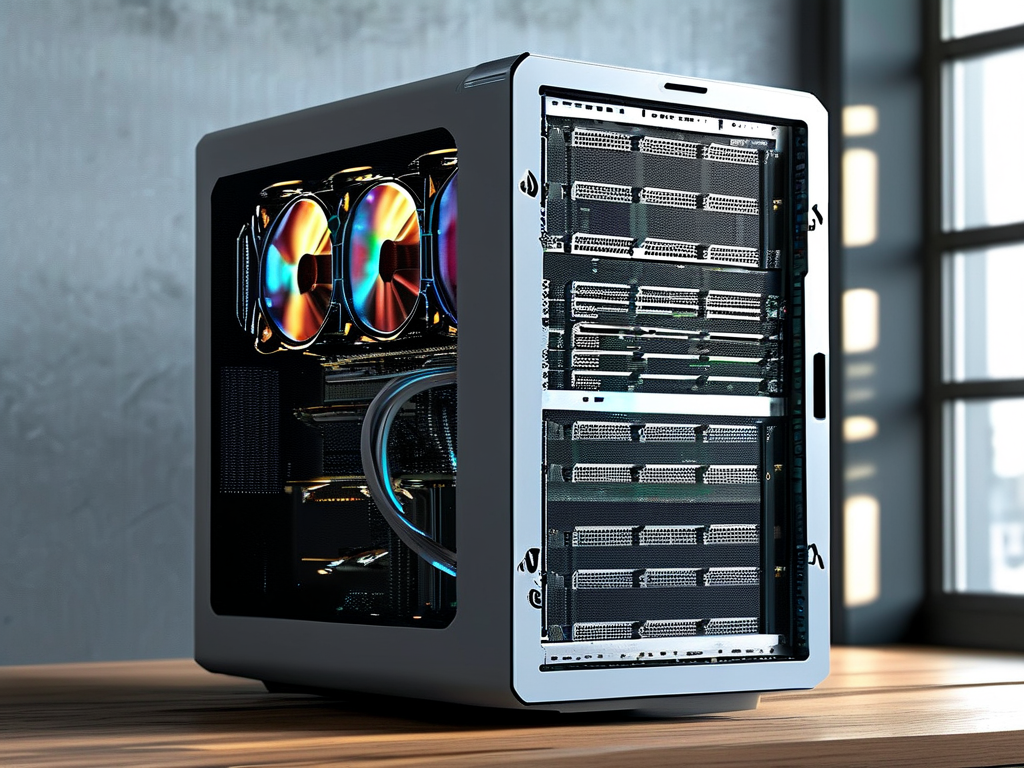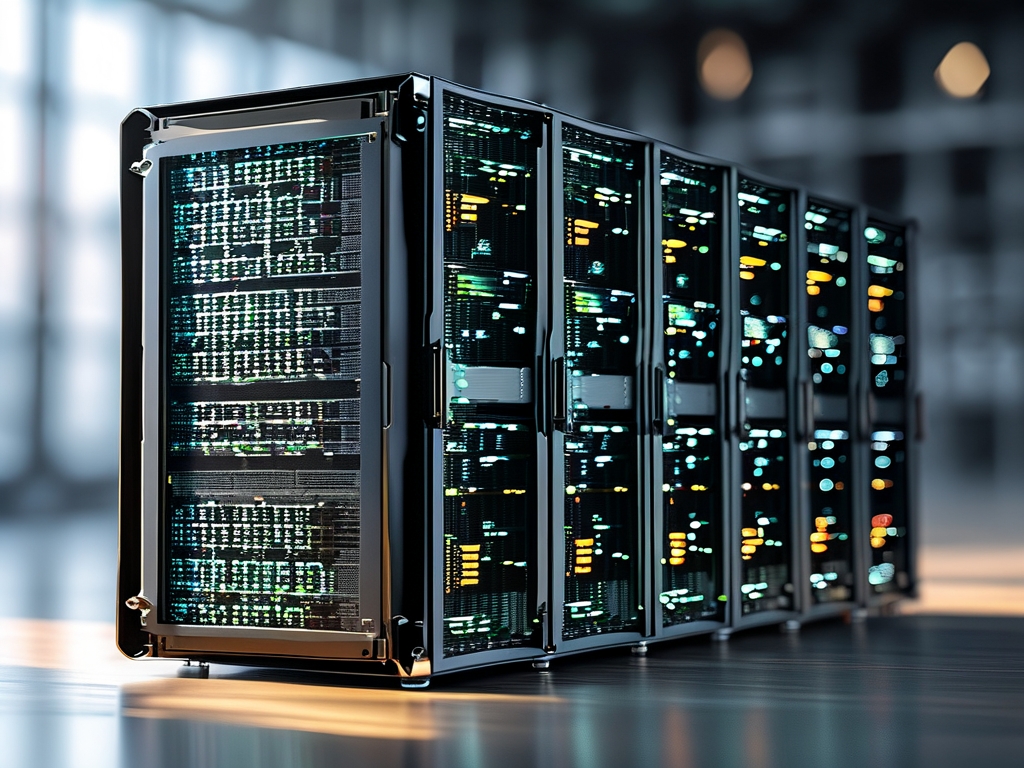The exponential growth of artificial intelligence has pushed computational infrastructure to its limits, with server memory capacity emerging as a critical factor in large model deployment. Modern AI systems handling natural language processing, computer vision, and predictive analytics now routinely demand memory configurations that would have seemed extraordinary just five years ago.

Industry leaders currently recommend a baseline of 1TB RAM for servers running foundational models with 10+ billion parameters. This specification stems from the dual requirements of storing massive parameter sets and maintaining sufficient working memory for parallel computations. NVIDIA's DGX A100 systems, for instance, deploy 1.5TB of high-bandwidth memory to handle transformer-based architectures like GPT-3 derivatives.
Three primary drivers influence memory requirements: model complexity, batch processing needs, and real-time inference demands. Cutting-edge multimodal models combining text, image, and audio processing layers can consume 2-4TB during full operational loads. The memory hierarchy design becomes particularly crucial, with enterprises increasingly adopting heterogeneous architectures combining DDR4/5 RAM with GPU-specific memory pools.
Energy efficiency considerations add complexity to memory scaling decisions. While cloud providers like AWS offer instances with 24TB RAM, practical implementations often balance capacity against power consumption ratios. Google's TPU v4 pods demonstrate this balance, utilizing 32GB HBM per accelerator while maintaining tight thermal envelopes through custom cooling solutions.
Emerging optimization techniques partially mitigate memory demands. Quantization methods that reduce numerical precision from 32-bit to 8-bit representations can decrease memory usage by 75%, though with measurable accuracy tradeoffs. Microsoft's DeepSpeed framework achieves additional gains through zero redundancy optimizers, enabling 20-billion parameter model training on servers with 512GB RAM.
The hardware industry responds with innovative memory solutions. Samsung's 512GB DDR5 modules employing through-silicon via (TSV) technology now enter production, while Micron's 3D-stacked memory achieves 2TB per DIMM through advanced packaging. These developments suggest future servers may support 10TB+ configurations without increasing physical footprint.

Real-world deployment scenarios reveal significant variations. A healthcare AI platform analyzing medical imaging datasets requires different memory profiles than financial forecasting models processing real-time market streams. IBM's Watson Health deployments utilize 768GB nodes for genomic pattern recognition, whereas high-frequency trading systems often prioritize low-latency 256GB configurations with rapid access patterns.
Looking ahead, industry analysts predict three key trends:
- Memory disaggregation architectures separating compute and storage resources
- Widespread adoption of Compute Express Link (CXL) interconnects
- Development of non-volatile memory solutions for persistent model storage
These advancements promise to reshape server design paradigms while presenting new challenges in thermal management and cost optimization. As AI models continue expanding into trillion-parameter territory, the race to develop efficient memory solutions remains central to computational progress.
Technical specifications obtained from NVIDIA's H100 whitepaper reveal that next-generation GPUs will support 2TB HBM3 configurations, enabling single-server training of 175-billion parameter models. Such capabilities come with substantial infrastructure requirements – a single H100 node demands 800W power supply and liquid cooling systems, illustrating the intricate balance between memory capacity and supporting hardware.
For enterprises planning AI deployments, memory configuration decisions must align with specific use cases. Conversational AI systems typically require 512GB-1TB for responsive inference, while scientific computing applications might need 4TB+ for complex simulations. Crucial's recent case study with Stanford University demonstrated how 3TB memory servers reduced climate modeling computation time by 40% compared to previous-generation systems.
The memory landscape continues evolving rapidly, with 2024 industry forecasts predicting:
- 300% growth in high-capacity server RAM shipments
- 50% reduction in DDR5 latency
- Emergence of photonic memory interfaces
As organizations navigate this complex terrain, partnerships with specialized hardware providers become increasingly valuable. Custom memory solutions now account for 35% of enterprise AI infrastructure budgets, reflecting the critical role of tailored configurations in achieving optimal model performance.








